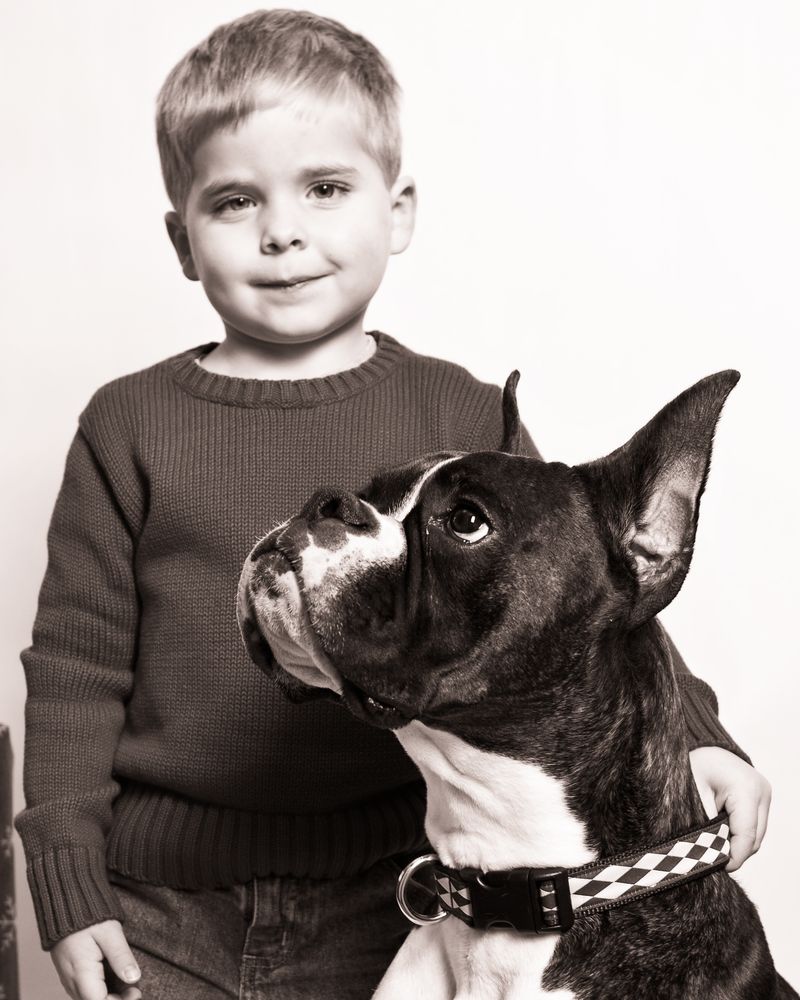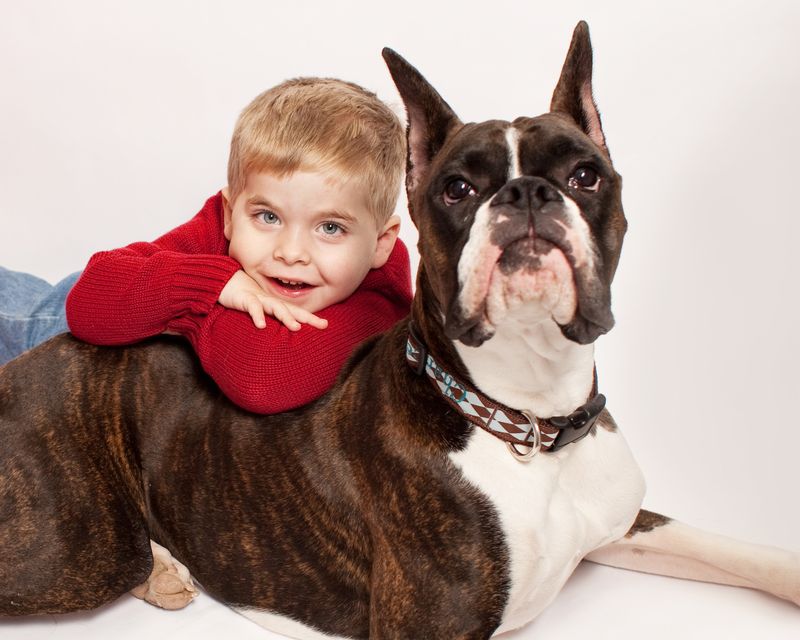For those of you who may not know the whole story of how Wheely Willy came to be, I thought you would enjoy this wonderful article about his life. And what a life it was!
Reprinted from The Orange County Register, article by Lori Basheda
Yes, it’s true, his “mother” Deborah Turner found him curled up next to her in bed on the morning of Dec. 22, his tiny heart stopped. She wrapped a blanket around the dog, cradled him in her arms, held onto his little paws and wept.
But Wheely Willy the symbol lives on. Just ask any kid who attended elementary school between 1999 and now.
Chances are they met Wheely Willy. And if they met Wheely Willy, chances are they haven’t forgotten him.
“Life is what you make of it,” was Willy’s message.
And that’s a pretty powerful message, coming from a 4-pound Chihuahua that overcame hate, paralysis and homelessness to become a TV star and eventually tour the world, bringing even the royal prince and princess of Japan to their knees.
•••
No one really knows where Wheely Willy’s life begins or what horrors befell him.
But he got a second chance in the early ’90s when a woman came upon a cardboard box, sealed with tape, on some street in Los Angeles. Inside she found a hairless, emaciated, shivering little dog.
He didn’t bark, or even whine, because, she later learned, someone had cut his vocal chords. Nor did he try to jump out, because, she later learned, his back was broken, leaving his hind legs paralyzed.
The woman took the little dog to a vet she knew who did rescue work, and there he lived, in a cage, for the next year. Until Deborah Turner heard about him.
At the time, Deborah owned the Doggie in the Window pet store in Long Beach, and she too did rescue work. She arrived at the vet’s office one day expecting to find a sad sack. Instead, she found one of the most playful dogs she had ever met, dragging his legs behind him like he didn’t have a care in the world.
“We were all standing around looking at him with tears in our eyes,” she recalls. “Well, he didn’t know what the sad story was.”
The vet had named him Chilly Willy, because before his hair grew back and he put on some fat, he shivered all the time.
Deborah’s plan was to return to Long Beach to spread the word of Chilly Willy’s plight and try and find him a home. But when the vet put Willy back in his cage, his ears went all hangdog droopy.
“OK, give him back to me,” she announced.
And soon Willy was in a Ford Exploreron his way to Long Beach.
Deborah’s first order of business was to give Willy his legs back. She tried putting his hind legs on a small skateboard, but his front legs couldn’t keep up. Next she tied a bunch of helium balloons to the back of the baby pajamas she had bought him, but instead of just lifting his back legs, it lifted his whole body off the ground.
Then she saw an ad in a pet magazine for the K-9 Cart. The day it arrived, she hooked Willy up to his new wheels. He took off running, head thrown back, ears flying.
“This might sound dramatic,” Deborah says. “But it took his world from black and white into full blown color. Because that’s where life began for him.”
•••
Deborah took Willy everywhere she went. He rode in the cart at Wild Oats. And he waited in line at the bank. He even went to the restroom with her since she had to express his bladder for him because of the paralysis.
Out on the streets, it seemed like everyone wanted to know: What’s the story there with that little guy?
Soon the newspapers came calling. Then TV.
She also got a call from the people who owned the trademark to Chilly Willy, the cartoon penguin: We really think Willy’s a great dog and all, but drop the name or we’ll sue, was the gist of their message. And that’s how Chilly Willy became Wheely Willy.
Suddenly, Wheely Willy was everywhere.
He did Animal Planet(where he remains one of their highest rated shows), National Geographicand the talk show circuit, sitting down with Mike and Maty, Leeza and Tammy Faye Baker.
The publicity led to personal appearances. And soon every hospital and elementary school around wanted to book him. Deborah even did some high school graduation keynote speeches, giving some version of the “I can” speech with Willy by her side.
He made kids on chemotherapy laugh for the first time in weeks. And a woman in an Alzheimer’s home in Los Alamitos saw Willy and broke into “Silent Night,” singing the entire song, word for word, and prompting nurses to phone the family so they could quickly drive over and see their mother speak again.
Together, Willy and Deborah traveled the globe, making appearances in Germany and Canada. “He’s particularly popular in Japan,” she says.
She and Willy met Prince Hitachi and Princess Hanako a few years ago. When they saw the dog, the royals got down on the floor, causing a minor sensation. Out on the streets of Tokyo, pictures of Willy flashed on the giant Jumbo Trons.
Willy’s story made it into the “Chicken Soup for the Cat and Dog Lover’s Soul” book. In “Working Dogs: Tales from Animal Planet’s K-9 to 5 World,” his work in the spinal unit at the Long Beach Veterans Hospital (where his picture still hangs) is documented. His story is even on the standardized reading proficiency test given to school children in Texas.
Sometimes someone would ask if Willy did any tricks. “His trick is that he can wake up every day happy,” Deborah would tell them.
•••
A rainy day last January marked the beginning of the end.
Deborah was on her way to an elementary school presentation when she slipped off her rain-slicked porch and Willy flew out of her arms. She wound up in a wheelchair with a broken leg. Willy wound up in a hospital with a broken hip, leg and jaw.
Three surgeries followed, but Willy never really recovered.
On New Year’s Day she met me at a coffee shop, carrying a little royal blue velvet bag. Inside was a round tin of Willy’s ashes.
“There’s some part of me that knew he wasn’t going to live forever,” she told me. “But then there was some fanciful part of me that thought maybe he will live forever.”
That’s the part she should listen to.



